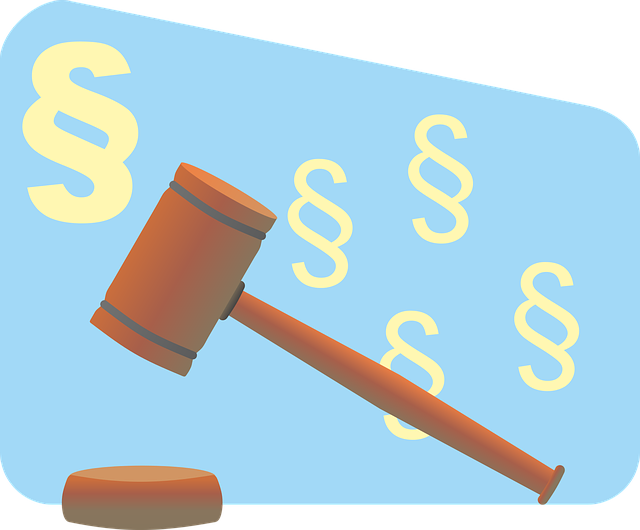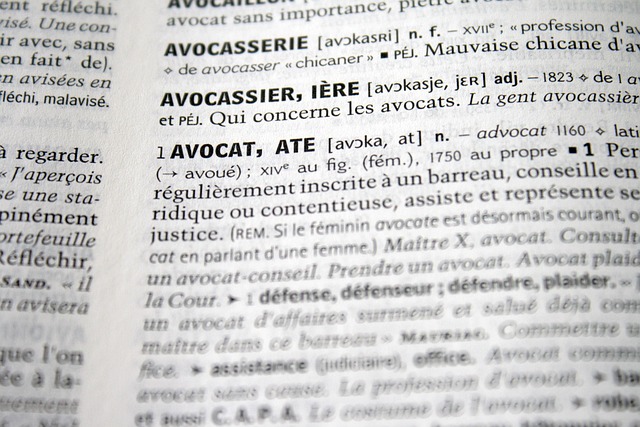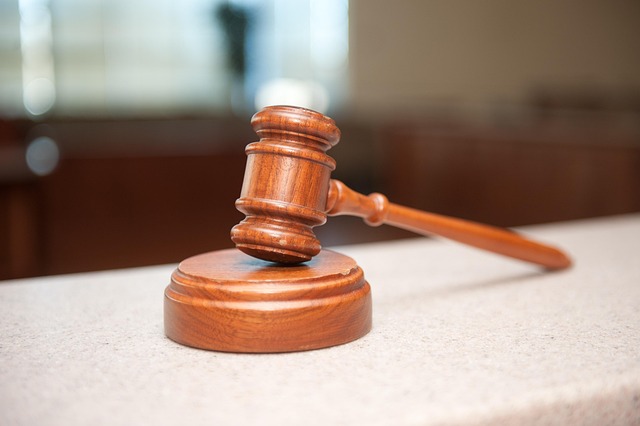Regulatory compliance is vital for businesses to thrive in today's complex legal environment, avoiding severe consequences from non-compliance. Understanding and differentiating between libel (written false statements) and slander (oral false statements) is crucial for defending against defamation charges, especially in white-collar crime cases. Organizations must stay informed about industry-specific regulations, implement strong internal controls, and foster transparency to ensure compliance. High-profile non-compliance incidents highlight the risks of overlooking legal nuances like the libel/slander difference, underscoring the importance of proactive measures for effective risk mitigation.
Navigating the complex world of regulatory compliance is essential for businesses to thrive. This article delves into critical aspects of understanding and managing compliance, focusing on defining and implementing effective strategies. We explore the legal landscape, particularly the difference between libel and slander, and how these concepts impact compliance. Furthermore, we analyze potential issues across various industries and present case studies highlighting lessons learned from high-profile non-compliance incidents. By the end, readers will grasp the significance of proactive regulatory compliance management.
- Understanding Regulatory Compliance: Definition and Importance
- The Legal Landscape: Libel vs Slander – Key Differences Explained
- Identifying Potential Compliance Issues in Different Industries
- Strategies for Effective Regulatory Compliance Management
- Case Studies: Lessons Learned from High-Profile Non-Compliance Incidents
Understanding Regulatory Compliance: Definition and Importance

Regulatory compliance goes beyond merely adhering to laws and regulations; it’s about understanding and embracing the intricate web of rules designed to govern businesses and protect consumers, employees, and the environment. It involves a proactive approach where organizations implement policies and procedures that ensure every aspect of their operations aligns with legal standards. This is crucial, especially in today’s complex business landscape, where non-compliance can lead to severe legal, financial, and reputational repercussions.
For corporate and individual clients alike, navigating regulatory compliance is essential for survival and success. Across the country, white-collar defense strategies heavily rely on meticulous adherence to laws governing finance, labor, health and safety, data privacy, and more. Differentiating between libel and slander, two often-misunderstood legal concepts, is but one example of how nuanced regulatory compliance can be. While libel refers to false and harmful written statements, slander involves oral or verbal dissemination of the same. Understanding these subtleties ensures businesses operate within legal boundaries, fostering trust with stakeholders and mitigating potential risks.
The Legal Landscape: Libel vs Slander – Key Differences Explained

The legal realm of libel and slander can be a complex labyrinth for many individuals and businesses alike. Understanding the difference between these two forms of defamation is crucial, especially when navigating the intricate web of regulatory compliance issues. While both relate to false statements made about an individual or entity, they significantly differ in their impact and legal ramifications.
Libel refers to the publication of a false statement presented as factual information, causing harm or damage to a person’s reputation. This can include written, printed, or digital media. On the other hand, slander involves verbal communication of the same false statements, which may result in similar reputational damages. For his clients facing white collar and economic crimes, securing a winning challenging defense verdict often hinges on differentiating between these two. The strategic approach to countering libel or slander varies, and legal professionals must be adept at navigating these nuances to protect their clients’ interests.
Identifying Potential Compliance Issues in Different Industries

Identifying potential compliance issues is a critical step for businesses across various industries to avoid legal pitfalls. Each sector faces unique challenges due to evolving regulations and dynamic market conditions. For instance, healthcare organizations must navigate complex privacy laws like HIPAA, while financial institutions are scrutinized for adherence to anti-money laundering (AML) and know your customer (KYC) norms. The onus is on businesses to stay informed about industry-specific rules and best practices.
Moreover, understanding the difference between libel and slander is paramount in winning challenging defense verdicts. Libel relates to written or printed false statements that harm reputation, while slander refers to similar oral statements. In industries like media and public relations, where communication is key, these legal distinctions can significantly impact strategic decision-making and risk management. Additionally, the growing prevalence of white-collar and economic crimes necessitates vigilance in preventing fraud, corruption, and other financial misconducts, with jury trials often serving as a critical component in holding offenders accountable.
Strategies for Effective Regulatory Compliance Management

Navigating regulatory compliance can be a complex task, but effective management strategies are key to ensuring adherence across the organization. One crucial step is to establish a comprehensive understanding of relevant laws and regulations, keeping up-to-date with any changes or updates that may impact your industry. This involves allocating resources for continuous legal education among staff members who deal directly with regulatory compliance issues.
Additionally, implementing robust internal controls and procedures can significantly aid in meeting regulatory standards. These should be tailored to the specific needs of the business and cover all stages of operations, from initial planning to final execution. Fostering a culture of transparency and accountability across the country also plays a vital role, encouraging employees at all levels to take responsibility for compliance and report any potential issues or concerns without hesitation. This, combined with regular audits and reviews, ensures that your organization remains on track and can swiftly address any discrepancies, including those related to the difference between libel and slander, as they arise, thereby fostering trust among both philanthropic and political communities.
Case Studies: Lessons Learned from High-Profile Non-Compliance Incidents

In recent years, high-profile incidents of non-compliance have served as stark reminders of the significant risks associated with regulatory oversight. These cases, ranging from corporate giants to well-known public figures, offer valuable lessons for businesses and individuals alike. By examining these real-world scenarios, we can uncover critical insights into navigating complex legal landscapes. For instance, the difference between libel and slander, two often-misunderstood concepts, has been a recurring theme in many high-profile disputes, highlighting the importance of precise communication and responsible conduct.
Across the country, philanthropic and political communities have been impacted by such incidents, underscoring the far-reaching consequences of non-compliance. These cases have led to unprecedented track records of regulatory changes and penalties, emphasizing the need for proactive measures. Through these lessons learned, organizations can fortify their internal controls, enhance compliance programs, and foster a culture of ethical conduct to mitigate risks effectively.
Regulatory compliance is not just an optional consideration but a vital strategic imperative for any industry. By understanding the nuances of legal landscapes, such as the difference between libel and slander, businesses can better identify potential compliance issues unique to their sectors. Effective management strategies, backed by insightful case studies, serve as powerful tools to mitigate risks and ensure sustained adherence to regulatory frameworks. Embracing proactive measures and learning from high-profile non-compliance incidents can help organizations navigate complex legal waters with confidence and integrity.






